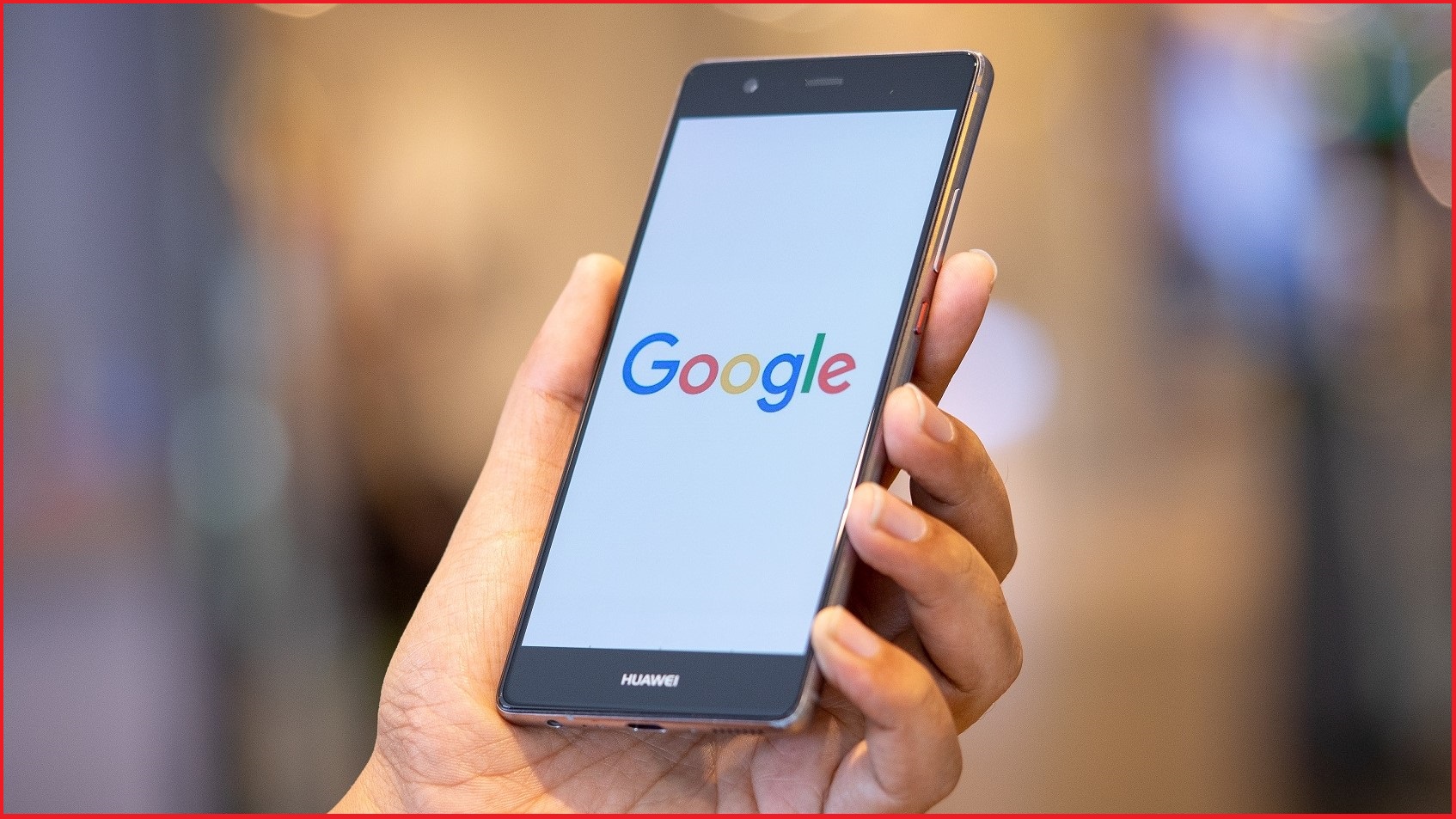Users of Huawei smartphones are in limbo after Google cut off the surging Chinese telco’s access to its core Android operating system.
According to Reuters, Huawei will “immediately” lose access to Android updates, and future Huawei phones won’t have the Google Play Store, YouTube or Gmail. Customers currently using Huawei phones are not affected.
Jeremy Mitchell, Huawei Australia Director of Corporate Affairs, said in a statement that the US actions "will not impact consumers with a Huawei smartphone or tablet or those that are planning to buy a Huawei device in the near future from an Australian retail outlet."
However, the ban puts question marks around the longevity of the phone’s core operating system and could, founder and CEO Ren Zhengfei has admitted, cause the company’s growth to “slow, but only slightly”.
“Huawei has made substantial contributions to the development and growth of Android around the world,” a Huawei spokesperson said in a statement after the Google action. “We will continue to build a safe and sustainable software ecosystem, in order to provide the best experience for all users globally.”
Huawei has been developing its own operating system as a contingency plan and may have to put it into action if the Android ban persists – but that option, Statista data journalist Felix Richter has warned, is unlikely to be appealing as it would create new problems.
Android has 85.1 per cent of the smartphone market and Huawei would face an uphill battle convincing application developers to build for its own platform.
Issues around warranties and compensation may arise as Huawei suppliers deal with the day-to-day repercussions of the move, although Huawei said it will continue to provide security updates and after-sales service for all smartphone and tablet products “sold or still in stock globally.”
It’s not the first time users have been warned off of Chinese telecommunications products: in February, US national-intelligence agencies warned US citizens not to use products from Huawei or rival ZTE.
The move will also have a transformative impact on the rollout of 5G networks, of which Huawei is a leading supplier.
Vodafone Australia CEO Iñaki Berroeta recently warned that banning Huawei would give Telstra “a huge advantage going into 5G”, since Telstra had partnered with longtime partner Ericsson to build its network while Vodafone, Optus, and TPG had all engaged Huawei.
The UK government offered to let Huawei build non-core parts of its 5G network, but the US government recently warned that it would have to “reassess” its commitment to information sharing with ‘Five Eyes’ partners who use Huawei equipment.
World says no to Huawei
Spotty bans on Huawei’s products, such as Australia’s restrictions on the use of Huawei equipment in emergent 5G mobile networks, ramped up when US President Donald Trump signed an executive order that effectively banned sales of Huawei products in the US.
The move is the latest escalation in the ongoing battle over allegations that Chinese government interests have made Huawei’s products a security risk – a campaign that last year saw phones from Chinese rival ZTE also banned from 5G networks, and its smartphones pulled from Australian shelves.
As a result, Google this month announced that it would suspend business with Huawei related to the transfer of hardware, software and technical services, Reuters reported.
An exemption would be made for capabilities that are publicly available via open-source licensing, such as the Android Open Source Project (AOSP) version.
Leading smartphone makers, however, rely on Google’s own version of Android to ensure smooth integration with Google services like Gmail, YouTube and other proprietary apps – all of which Huawei users will be unable to access under Google’s ban.
A lack of access to Google’s enhanced fork of Android could also prevent users from being able to upgrade their phones in the future – limiting their usefulness and, particularly problematic for corporate users of the devices, potentially compromising their security.
Google moved to reassure users that they would retain access to the Google Play app store and Google Play Protect security.
However, a loss of access to productivity services such as Gmail – which has 1.5 billion users and over 5 million paying businesses using it as part of the company’s G Suite business offering – could be problematic for the company’s growing user base.
An emergent force
The business of Huawei spans a broad gamut of telecommunications infrastructure, servers and other devices, and the company was a clear contender for major Australian 5G and other telecommunications rollouts before the Liberal government fell in line with an increasingly hostile US posture.
The most visible target for the US government ban is the company’s smartphones: as one of the world’s largest smartphone makers, Huawei has been on a growth trajectory as end-unit sales grew 13 per cent last year and 9.8 per cent the year before.
Huawei sold 206 million smartphones in 2018, accounting for 14.7 per cent of the global market.
Its Australian revenues grew 18 percent in 2018, to $735 million.
Its latest flagship phone, the P30 Pro, has been enjoying positive reviews for its standard-setting camera, and as recently as February Google was feting Huawei’s new foldable screen phone, the Mate X, at the industry’s Mobile World Congress (MWC) in Barcelona.
Consumer sales account for around 64 per cent of the company’s non-China sales and 34 per cent of its $A109b in annual revenues, which have grown strongly in recent years as Huawei positioned itself against telecommunications infrastructure giants Ericsson and Nokia.










